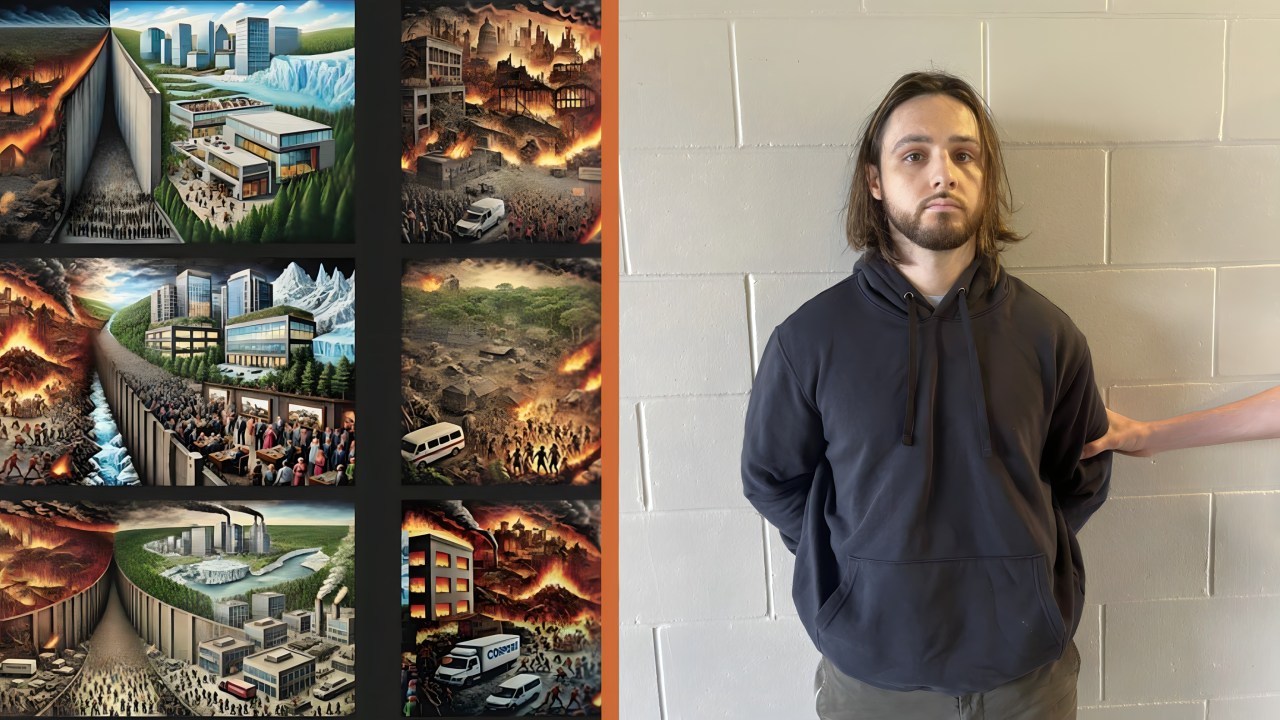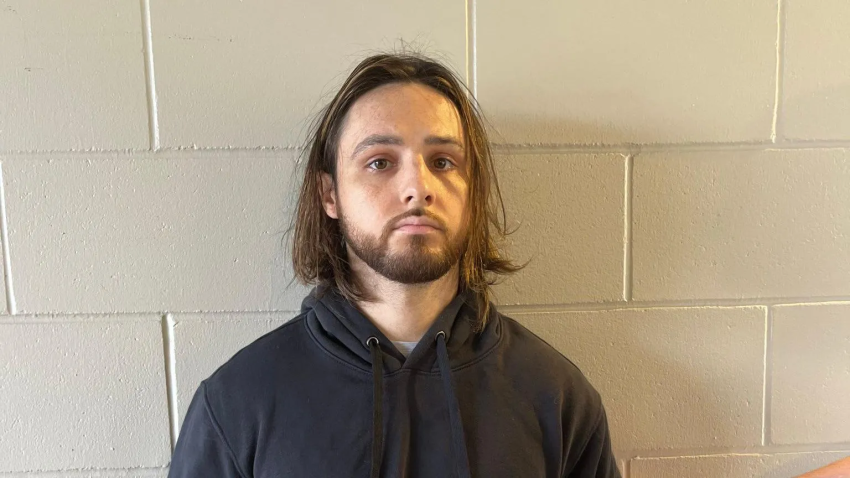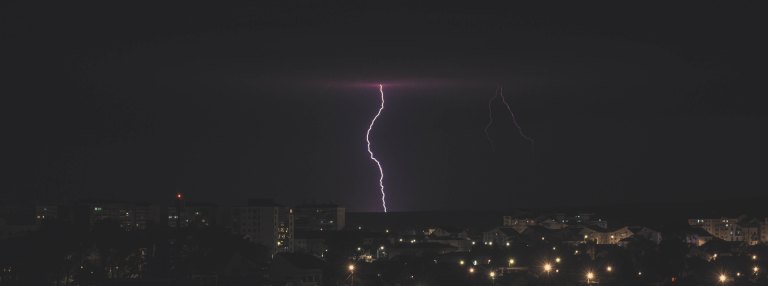
ChatGPT Image Helps Catch Suspect In The Deadly Pacific Palisades Fire – A Landmark First For AI In Criminal Evidence
By Erin Whitten
In what may be the first arrest of its kind, the arrest of a suspect in California’s most destructive wildfire may rest, in part, on the words and images he gave to artificial intelligence. On Wednesday, federal authorities arrested 29-year-old Jonathan Rinderknecht, a former Pacific Palisades resident, and charged him with setting the Palisades Fire, a deadly blaze that killed 12 people, razed over 6,800 structures, and burned 23,400 acres. Investigators said a significant clue was an image he generated with ChatGPT several months prior to the fire. It depicted a smoldering, post-apocalyptic cityscape. At its center were images of poor people, in tattered clothing and gas masks, trying to charge through a gate guarded by police and millionaires with AK-47s.
According to the U.S. Attorney’s Office, at 12: 07 a.m. on January 1, 2025, Rinderknecht used a lighter to ignite a small fire near the Skull Rock Trailhead at the Santa Monica Mountains National Recreation Area, minutes after New Year’s Eve. Prosecutors said he’d dropped off an Uber passenger in the Pacific Palisades neighborhood a few minutes earlier and returned to the same area, where he had lived for a time. Witnesses later told investigators Rinderknecht had been agitated and irate that night. Investigators said geolocation data, cellphone records, and Uber GPS data, shared by the company with federal investigators, corroborated his presence in the area that night.

Rinderknecht tried to call 911 three times after igniting the blaze, according to the affidavit, but he was unable to connect due to spotty reception on the trail. He finally reached dispatch from the bottom of the hill, by which time, the affidavit said, a resident had also reported the fire. Rinderknecht then reportedly drove to the bottom of the trail, picked up the 911 caller, and drove back to the parking lot. On the way, he allegedly reconnected with firefighters at the top of the trail and took videos of first responders battling the blaze. Rinderknecht called it the Lachman Fire at the time. It was extinguished on the surface within hours of its discovery but continued to smolder underground, hidden from view in deep, dry root systems.
On January 7, the region was gripped by hurricane-force Santa Ana winds. The fire was re-ignited and tore through the coastal communities of Pacific Palisades, Topanga, and Malibu. Called a “holdover fire” by investigators, the blaze went on to become one of the most destructive wildfires in Los Angeles County’s history. It burned for 25 days and caused an estimated $150 billion in damages. Among the thousands of structures incinerated were homes belonging to celebrities such as Mel Gibson, Paris Hilton, and Jeff Bridges.
The day after the fire, Rinderknecht allegedly returned to the trail and again made a video of the flames growing in size and intensity. In an interview on January 24, Rinderknecht told investigators he had only observed the fire from the base of the trail. However, geolocation data showed Rinderknecht had walked to the top of the hill, stopping in a clearing just 30 feet from where the blaze was first set, information authorities did not publicly disclose at the time. They also said they found a “barbecue-style” lighter in Rinderknecht’s car, a lighter that was seen in a photo he took on his phone the night before the fire was set. In that photo, Rinderknecht had been shown standing next to his car with the lighter in hand where he later admitted to investigators that he had carried the lighter while hiking.
Prosecutors said perhaps most shockingly, several months prior to the fire, Rinderknecht had used ChatGPT to prompt a computer-generated image of a burning forest with crowds of destitute people in ragged clothes and gas masks struggling to pass through a gate with the rich looking on. In one response, he had said “I literally burnt the Bible that I had. It felt amazing. I felt so liberated.” He also inquired of the AI, “Are you at fault if a fire is lift [sic] because of your cigarettes?” Prosecutors said he later came up with this question to fabricate an innocent explanation for events, as part of a longer online search.
The ChatGPT-prompted image is believed to be the first time evidence derived from AI-generated imagery has been used as supporting evidence in a major arson case. It’s part of a larger digital evidence trail: texts, prompts, screen recordings, GPS data used by investigators to paint a clearer picture of behavior and intent. Rinderknecht has been federally charged with a felony of destruction of property by means of fire, a charge with a minimum sentence of five years in prison. He may face additional charges, including possible murder counts, the Justice Department says. Rinderknecht, who was in Florida at the time of his arrest, is being held in custody without bail and is scheduled for a bond hearing on October 17 with an arraignment to follow in Los Angeles.
In a statement, California Governor Gavin Newsom said the arrest was a “significant step forward in the pursuit of justice for the thousands of residents in Los Angeles and Ventura counties who lost their homes, their livelihoods, and too many who lost loved ones.” The federal government is still investigating the cause of the Eaton Fire, which also ignited on New Year’s Day and killed another 19 people. In that case, the federal government has filed a lawsuit against Southern California Edison for faulty utility equipment that it says sparked the fire.











